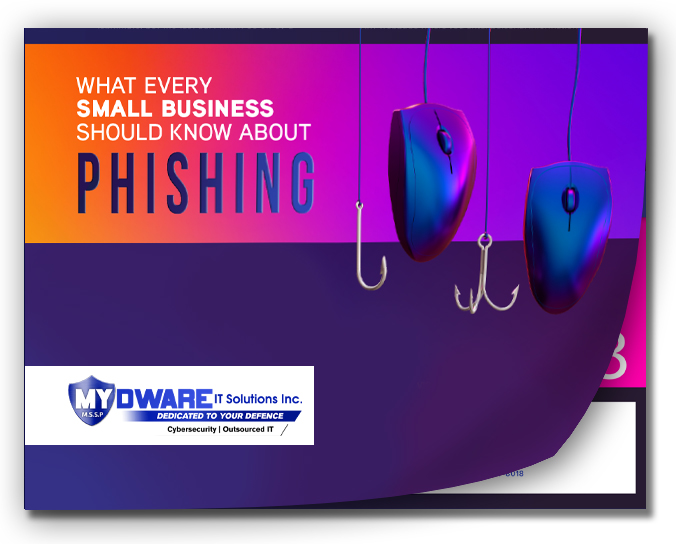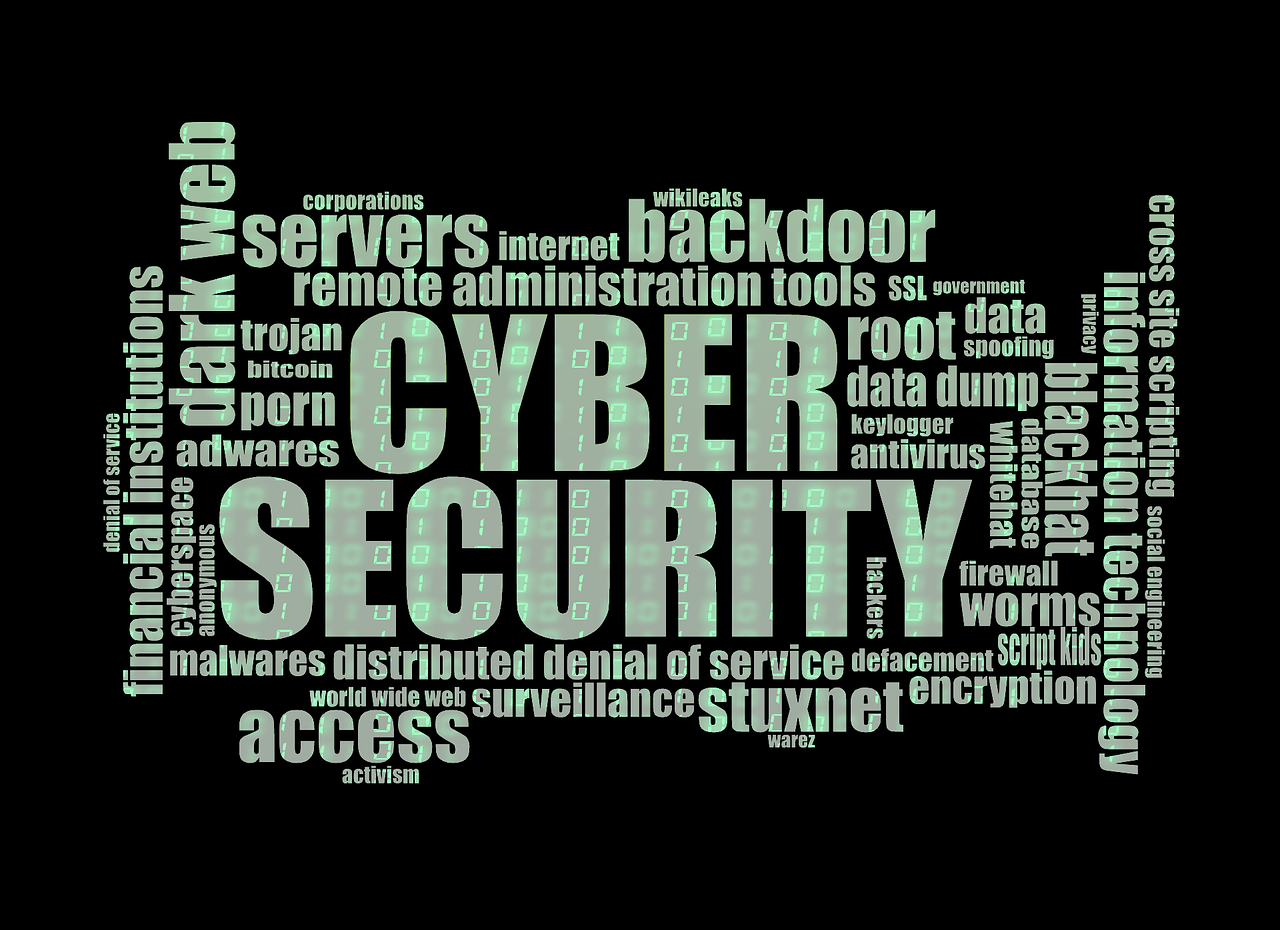 Phishing attacks are a persistent threat to businesses of all sizes. With over 3.4 billion phishing emails sent daily, these attacks are highly effective because they’re easy for cybercriminals to execute and difficult for users to identify. As phishing emails evolve with the use of advanced tools like AI, spotting these scams becomes even more challenging. It’s crucial to know how to recognize and prevent phishing attacks before they lead to data breaches, financial losses, or malware infections.
Phishing attacks are a persistent threat to businesses of all sizes. With over 3.4 billion phishing emails sent daily, these attacks are highly effective because they’re easy for cybercriminals to execute and difficult for users to identify. As phishing emails evolve with the use of advanced tools like AI, spotting these scams becomes even more challenging. It’s crucial to know how to recognize and prevent phishing attacks before they lead to data breaches, financial losses, or malware infections.
This guide will help you understand the dangers of phishing and provide a simple method for identifying phishing emails to keep your business safe.
The Risks of Phishing Attacks
Phishing emails remain one of the most common and successful forms of cyberattacks. If your business falls victim to a phishing scam, the consequences can be severe. Below are four major risks associated with phishing attacks:
1. Data Breaches
Phishing emails can expose sensitive company information. Once cybercriminals access this data, they can sell it on the dark web or hold it for ransom. The result? Financial losses, legal consequences, reputational damage, and a loss of trust from your customers.
2. Financial Loss
Cybercriminals often use phishing emails to trick businesses into transferring money or making unauthorized transactions. This can come in the form of fraudulent invoices or altered payment instructions. Falling for these scams can have a direct and immediate impact on your finances.
3. Malware Infections
Phishing emails often contain malicious attachments or links that, once clicked, can introduce malware into your systems. This malware can disrupt your operations, lead to data loss, and require costly repairs to recover.
4. Compromised Accounts
When an employee clicks on a phishing link or opens a malicious attachment, their account can become compromised. Attackers can then use the compromised account to launch additional attacks or gain access to confidential company data.
If you want to learn more about the overpowered phishing attacks that are being used DAILY, click here.
The S.E.C.U.R.E. Method In Spotting Phishing Email
To protect your business, it's important that both you and your employees know how to identify phishing emails. Here’s the S.E.C.U.R.E. Method, a simple checklist to help spot potential phishing attempts:
S – Start with the Subject Line
Look for unusual or odd subject lines. If the email begins with something like “FWD: FWD: FWD: review immediately,” it’s a red flag.
E – Examine the Email Address
Check the sender’s email address. Is it from someone you know, or does it look suspicious? Sometimes scammers will slightly alter an email address to make it look legitimate (e.g., using “@companny.com” instead of “@company.com”).
C – Consider the Greeting
Is the greeting generic or unnatural? Phrases like “Hello Madam” or “Dear Customer” instead of your name can indicate a phishing email.
U – Unpack the Message
Does the email ask for immediate action, like clicking a link or downloading an attachment? Is it offering something too good to be true? Urgent or enticing offers are common tactics in phishing scams.
R – Review for Errors
Look for grammatical mistakes or odd misspellings. Phishing emails often contain these errors because they’re hastily put together by scammers.
E – Evaluate Links and Attachments
Before clicking any links, hover over them to see the actual URL. Be cautious of attachments, especially from senders you don’t know or weren't expecting an email from.
Protecting Your Business from Phishing Attacks
While recognizing phishing emails is essential, it's equally important to have cybersecurity measures in place to prevent them from reaching your inbox. A cybersecurity expert can help monitor your network, filter out spam emails, and ensure your systems are protected.
If you need assistance in training your team on how to avoid phishing scams or implementing a strong cybersecurity system, MYDWARE IT Solutions can help. We can assess your current setup, identify vulnerabilities, and provide solutions to protect your business from these threats, that’s why it’s wise to take our FREE Cybersecurity Risk Assessment NOW!
Darryl Cresswell
CEO & President
MYDWARE IT Solutions Inc.




